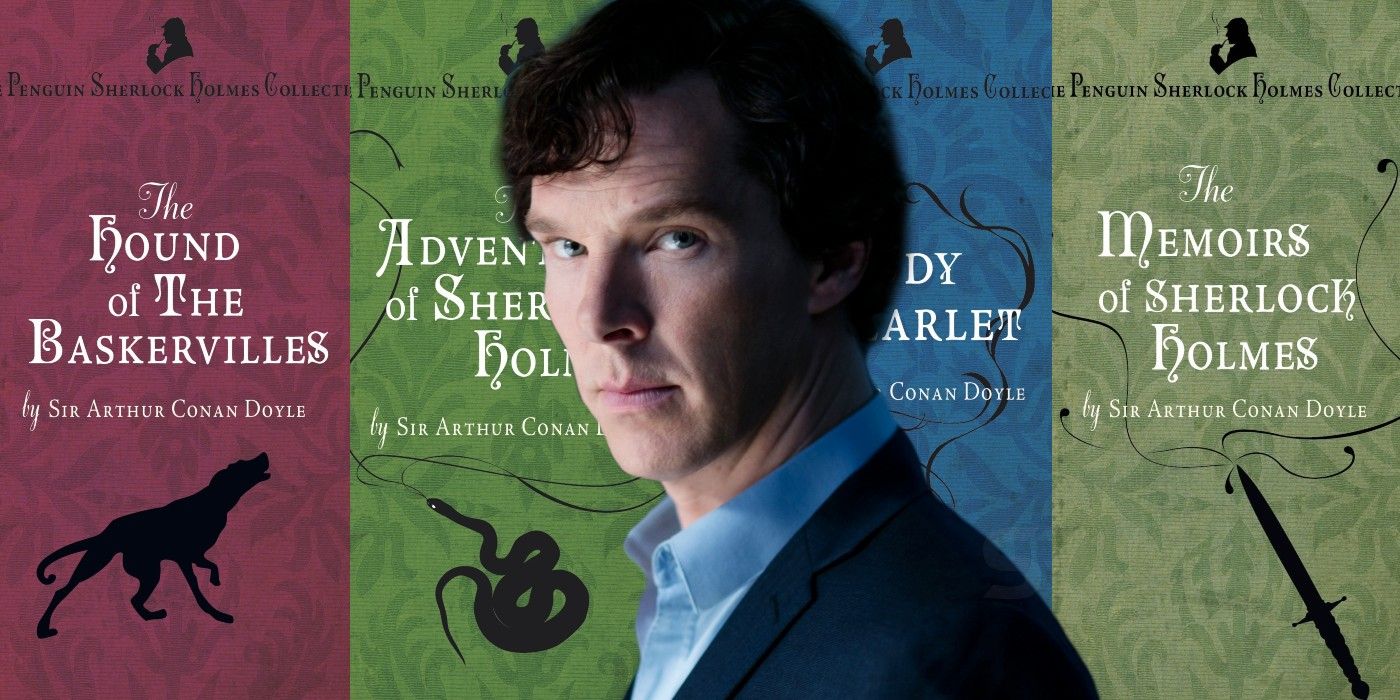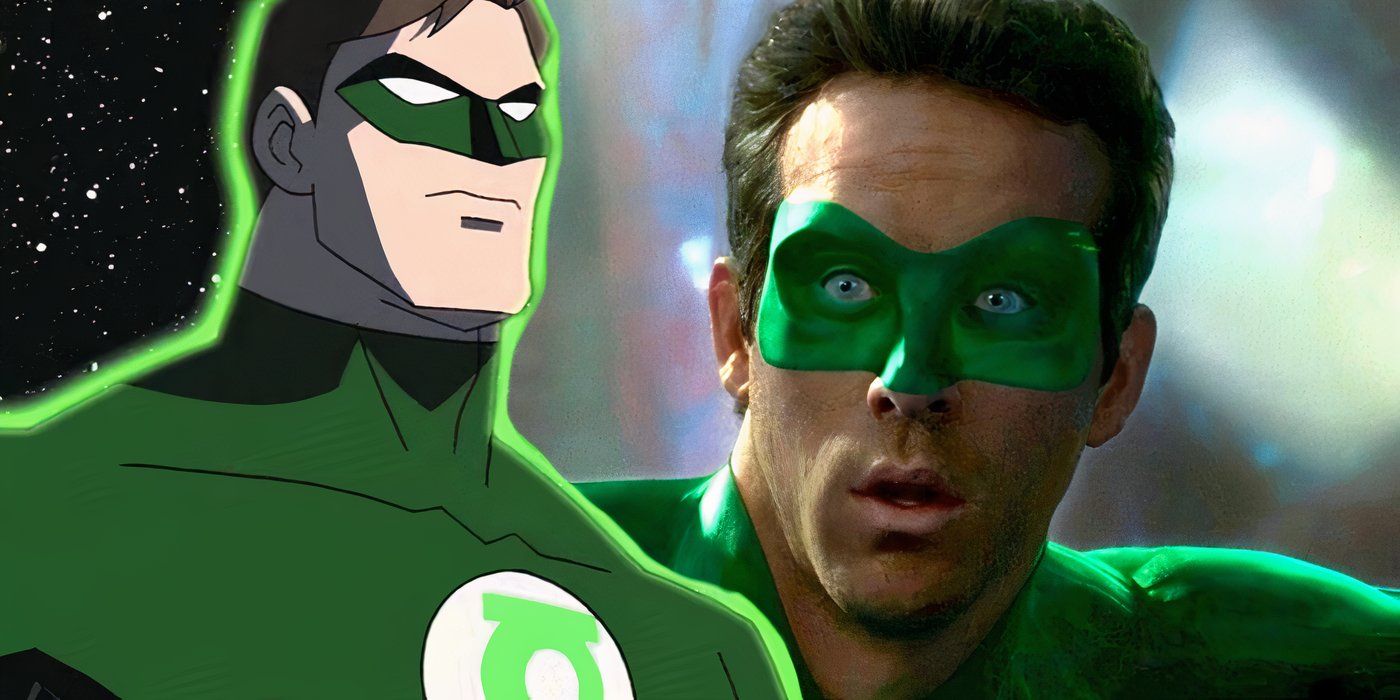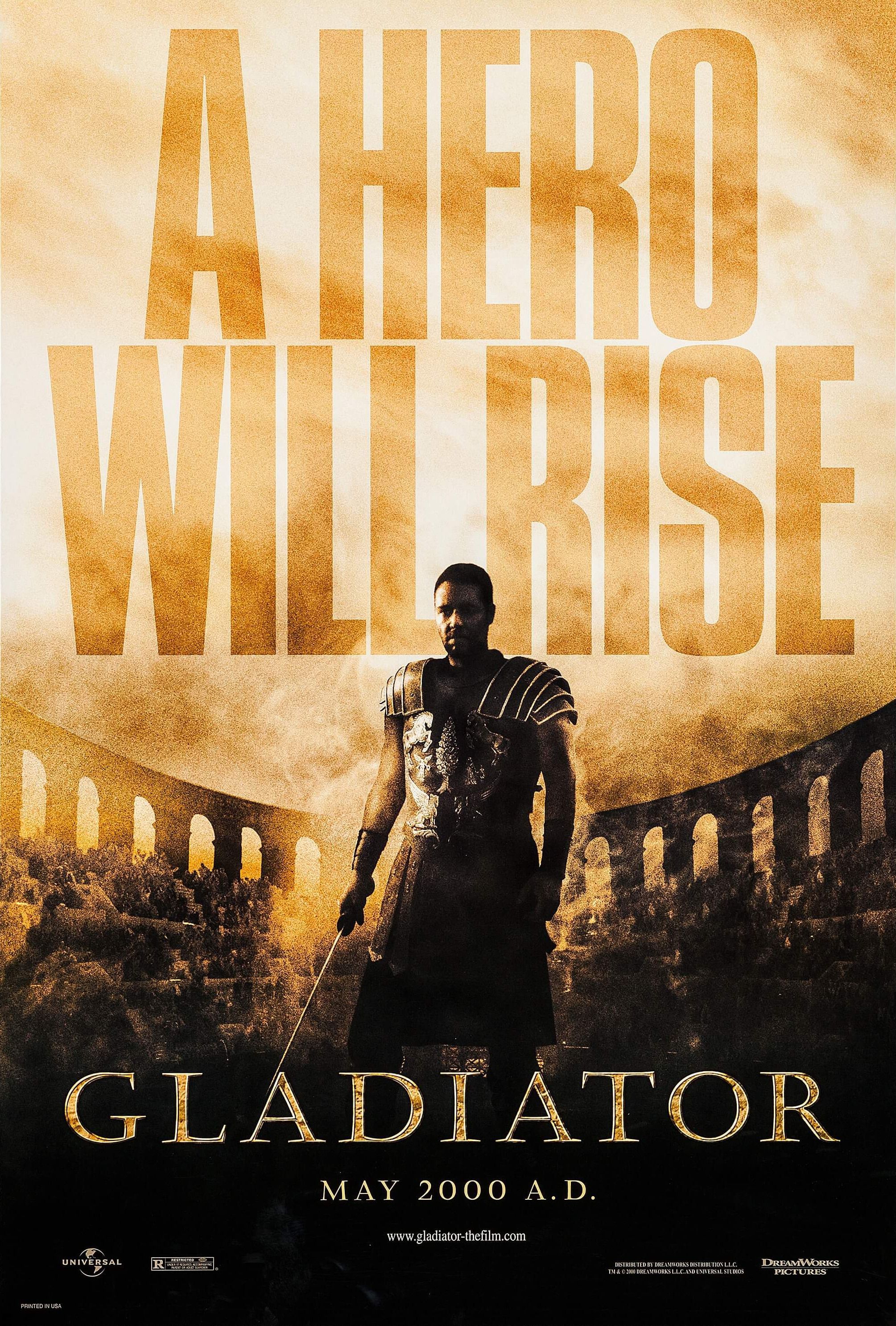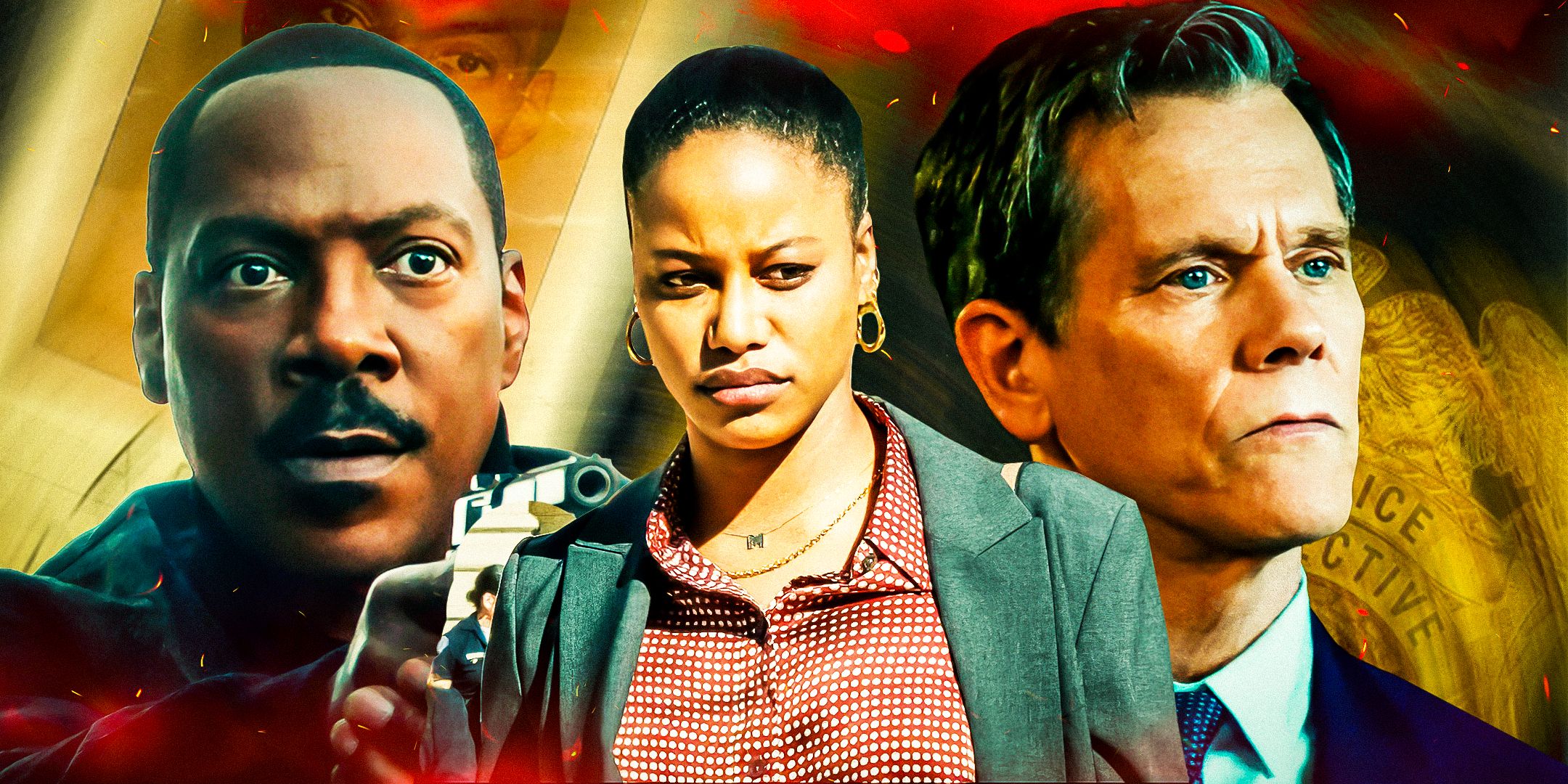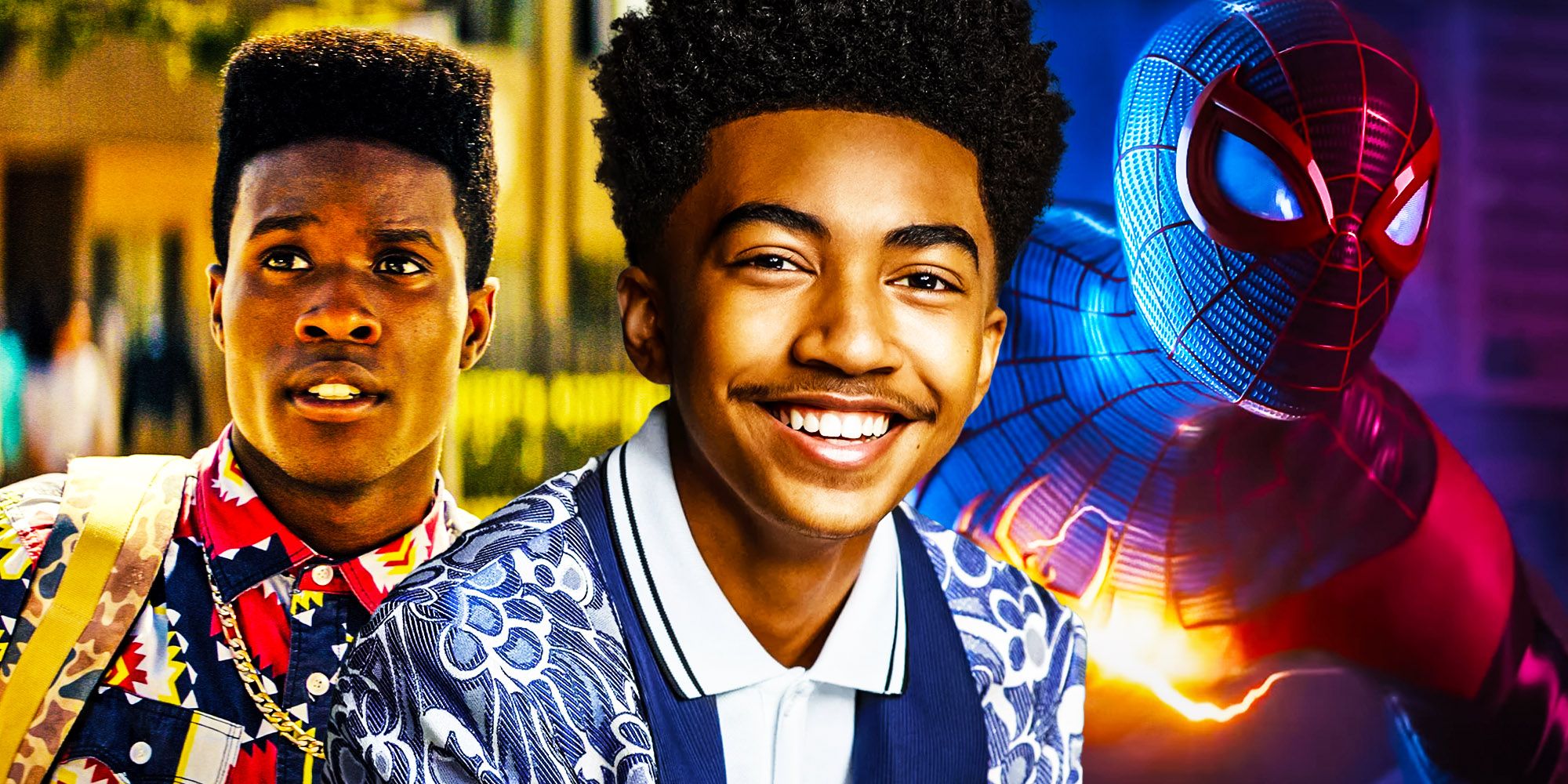With its important environmentalist message and emotionally resonant non-verbal love story, Pixar’s WALL-E is one of the most beautiful movies of the 21st century. It was the studio’s first film to be nominated for six Academy Awards, tying with Beauty and the Beast as the only two animated movies ever to earn this many nominations.
The animation was groundbreaking in its portrayal of camera trickery to bring a level of authenticity to the film’s visual style, while the production team’s masterful use of sound effects to create characters worked wonders. So, we’ve taken a look behind the scenes at how Andrew Stanton’s sci-fi masterpiece came to be.
In Early Versions Of The Script, Humans Had Evolved Into Boneless Gelatinous Blobs
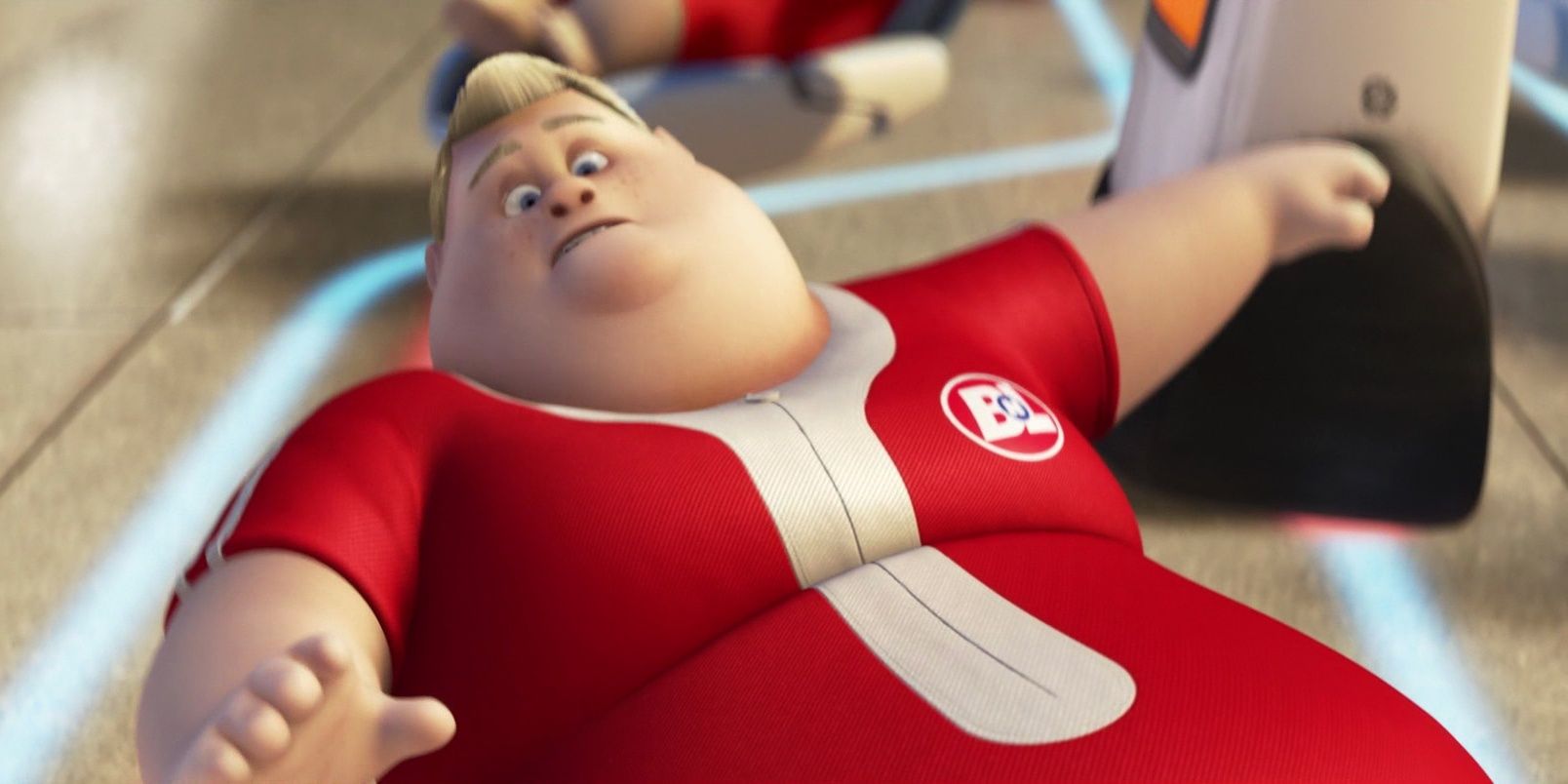
The Pixar team spent a long time trying to work out how to depict the human race of 700 years in the future. One of the early concepts was pretty out there: humans would have evolved into boneless, legless, translucent, gelatinous blobs. These were later redesigned as opaque gray blobs, and eventually, the team settled on the “giant baby” concept.
One of the alternate ideas that the team came up with was creating an entirely new, incomprehensible language for all humans to speak. However, this was also later scrapped.
The Vocal Artist Playing EVE Was Only Supposed To Be A Placeholder
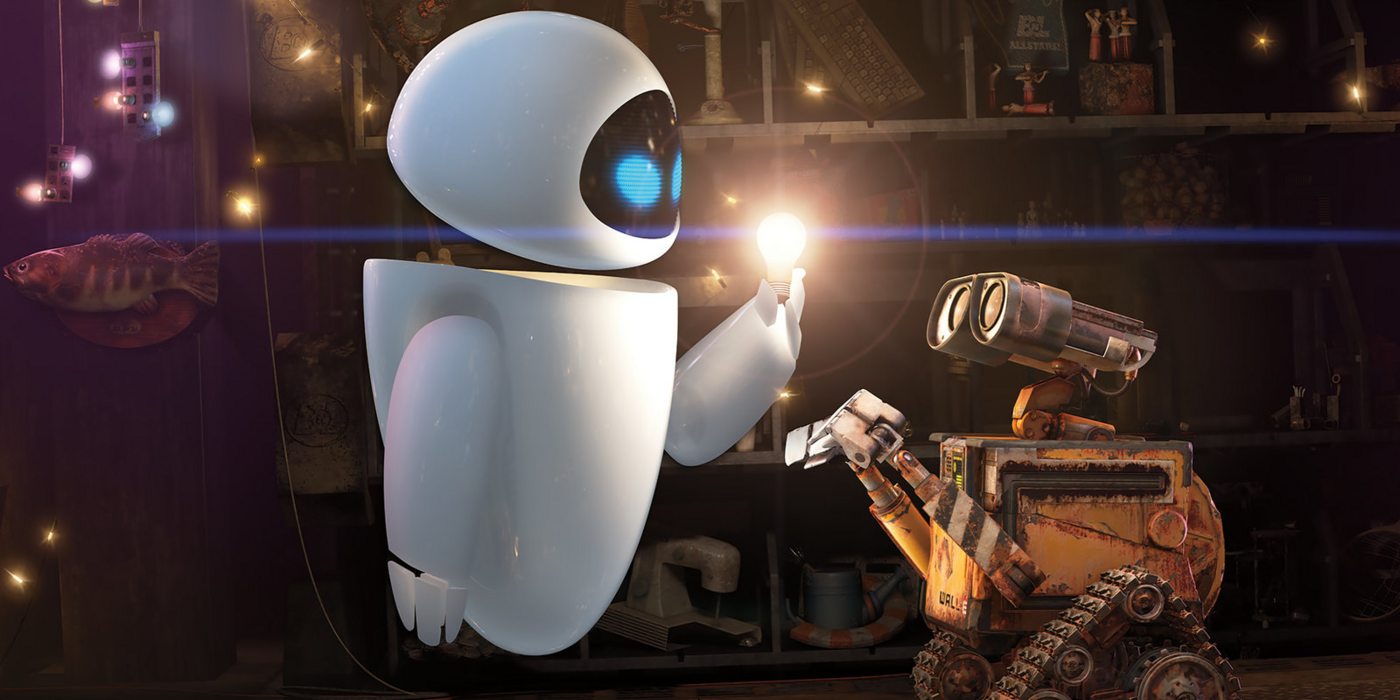
The voice actor who plays EVE, Elissa Knight, is not really an actor; she was just an employee working at Pixar. She recorded all of EVE’s dialogue just to give the animation team something to work from while the casting people looked for a more famous actress to take the part.
However, the producers ended up liking Knight’s performance in the role so much that they decided to just use her recordings in the final movie.
The Sound Team Thought Of Novel Ways To Create The Cockroach’s Voice
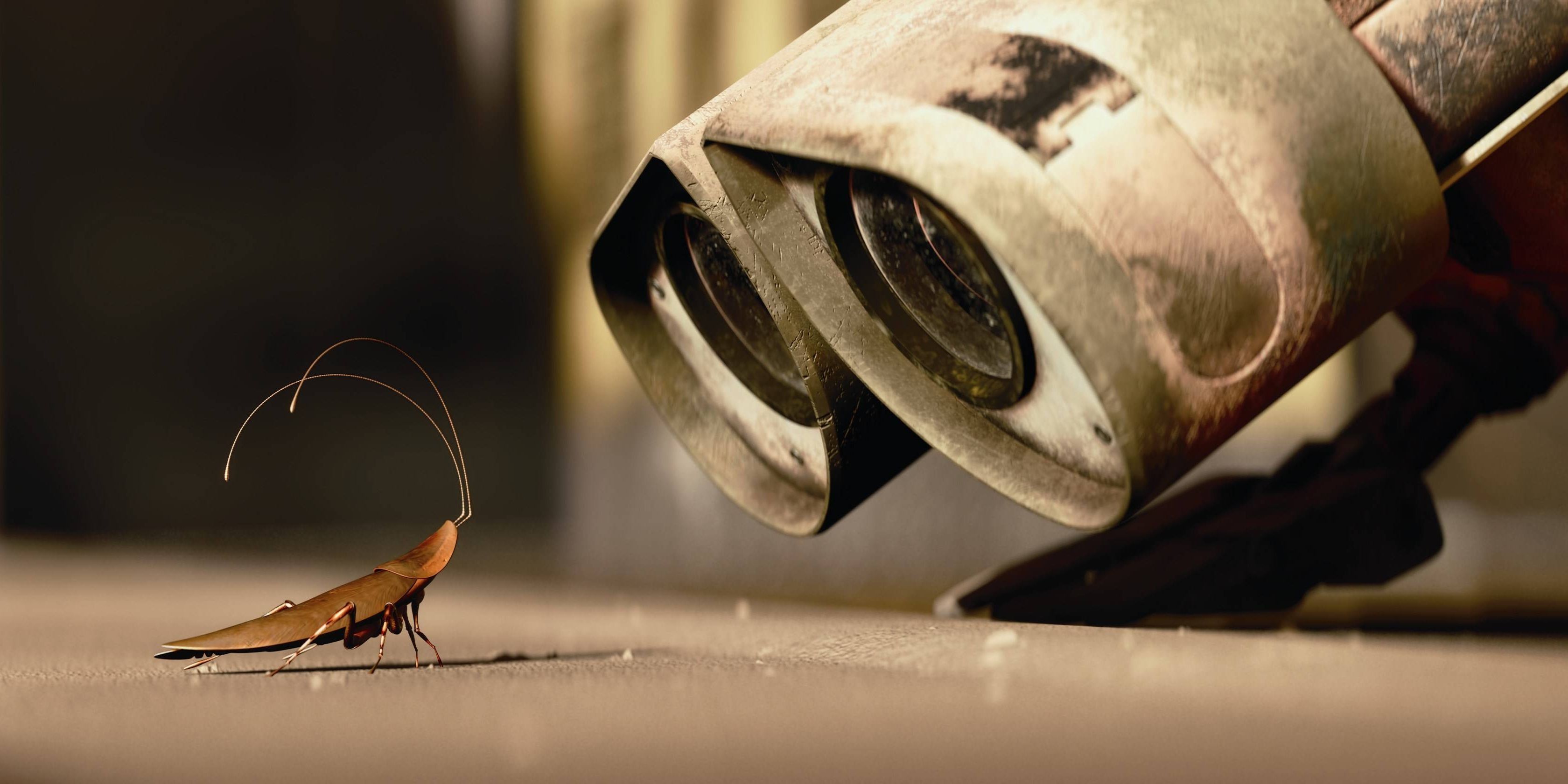
The sound team working on WALL-E had their work cut out for them. They had to create “dialogue” using sound effects. They thought up a few inventive tricks to give WALL-E’s cockroach friend a voice: the clicks were made by locking pairs of handcuffs, while the chirps were made by speeding up the sounds a raccoon makes.
The artists working on the movie nicknamed the cockroach “Hal,” as a tribute to both silent movie producer Hal Roach and the A.I. character HAL 9000 from Stanley Kubrick’s seminal sci-fi masterpiece 2001: A Space Odyssey.
WALL-E’s Silent Adventures Were Inspired By Charlie Chaplin And Buster Keaton
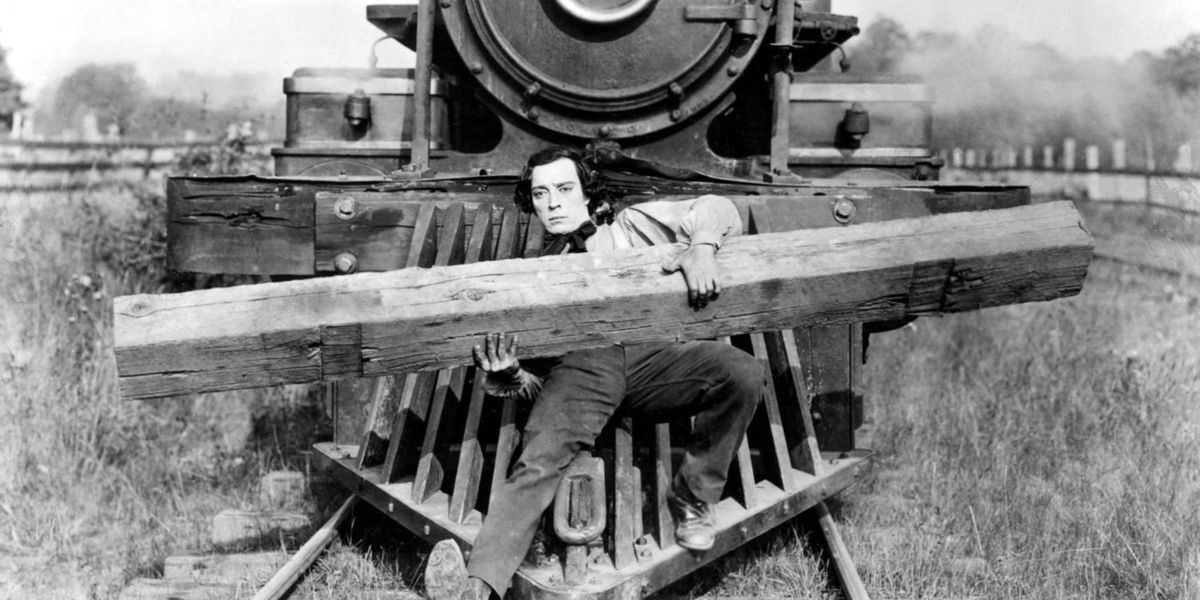
Since the first half of WALL-E takes place on an abandoned Earth with a robot that can’t speak, the Pixar team had to learn how to tell stories purely through visuals.
To get into this headspace, director Andrew Stanton and the team watched the classic silent comedies of the legendary Charlie Chaplin and Buster Keaton every day over lunch. Over the course of 18 months, the team managed to watch every single movie – both shorts and features – starring Chaplin and Keaton.
The Axiom’s Past Captains Are All Modeled After Pixar Employees
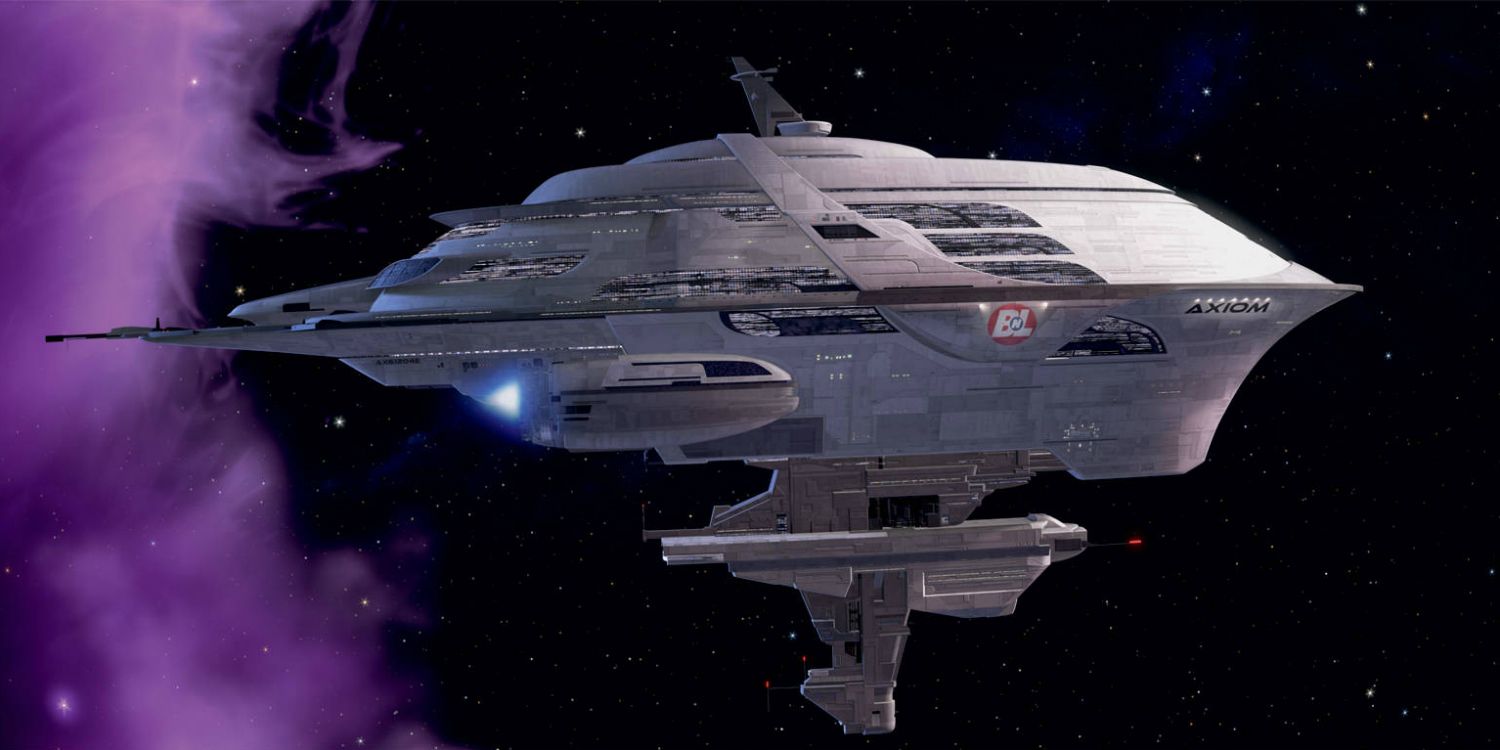
On the director’s commentary for the film, Andrew Stanton explained that the names of the Axiom’s past captains were taken from writers who worked for Pixar, and their portraits were caricatures of those writers.
In WALL-E’s distant future, the lifespan of a human appears to have extended by a few decades, because the average term of service among the past captains is 135 years.
The Sound Of WALL-E’s Treads Came From A Crank-Operated Radio Generator
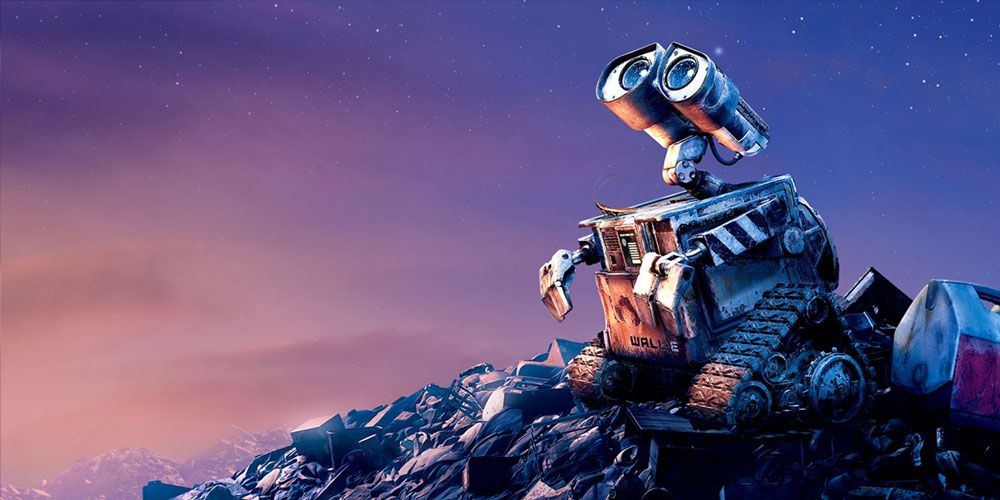
Some of the sound effects used for WALL-E’s internal technology will be familiar to Mac uses, or history buffs. The sound that the little robot makes when he recharges his batteries is the same sound that a Mac makes when it boots up.
Also, according to a behind-the-scenes featurette, the sound of WALL-E’s treads is taken from a WWII-era crank-operated radio generator. Part of the sounds of EVE’s laser blasts were formed by tapping a slinky spring.
The Animators Made The Movie Look Like It Was Filmed On Cameras – And Even Added Camera Imperfections
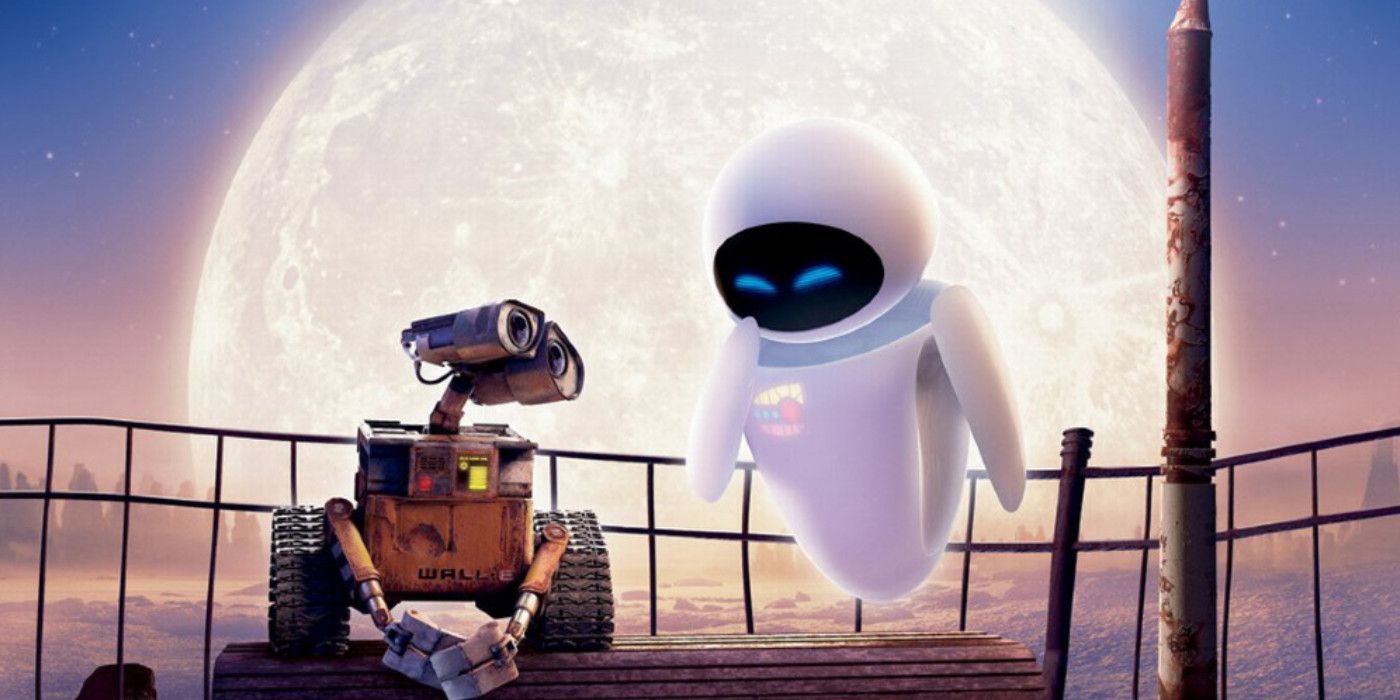
Director Andrew Stanton wanted WALL-E to look like it was filmed on actual cameras, and even added camera imperfections, like lens flares, to sell this. While the animators could’ve animated perfect focus pulls, Stanton advised them to make the focus pulls look real.
The Pixar team sourced some vintage Panavision cameras from the ‘70s to give WALL-E’s visuals the same look as the original 1977 Star Wars movie. The producers also brought on Oscar-winning cinematographer Roger Deakins as a consultant, asking him how he would light and frame certain scenes in live-action.
Various Drafts Of The Script Included Aliens
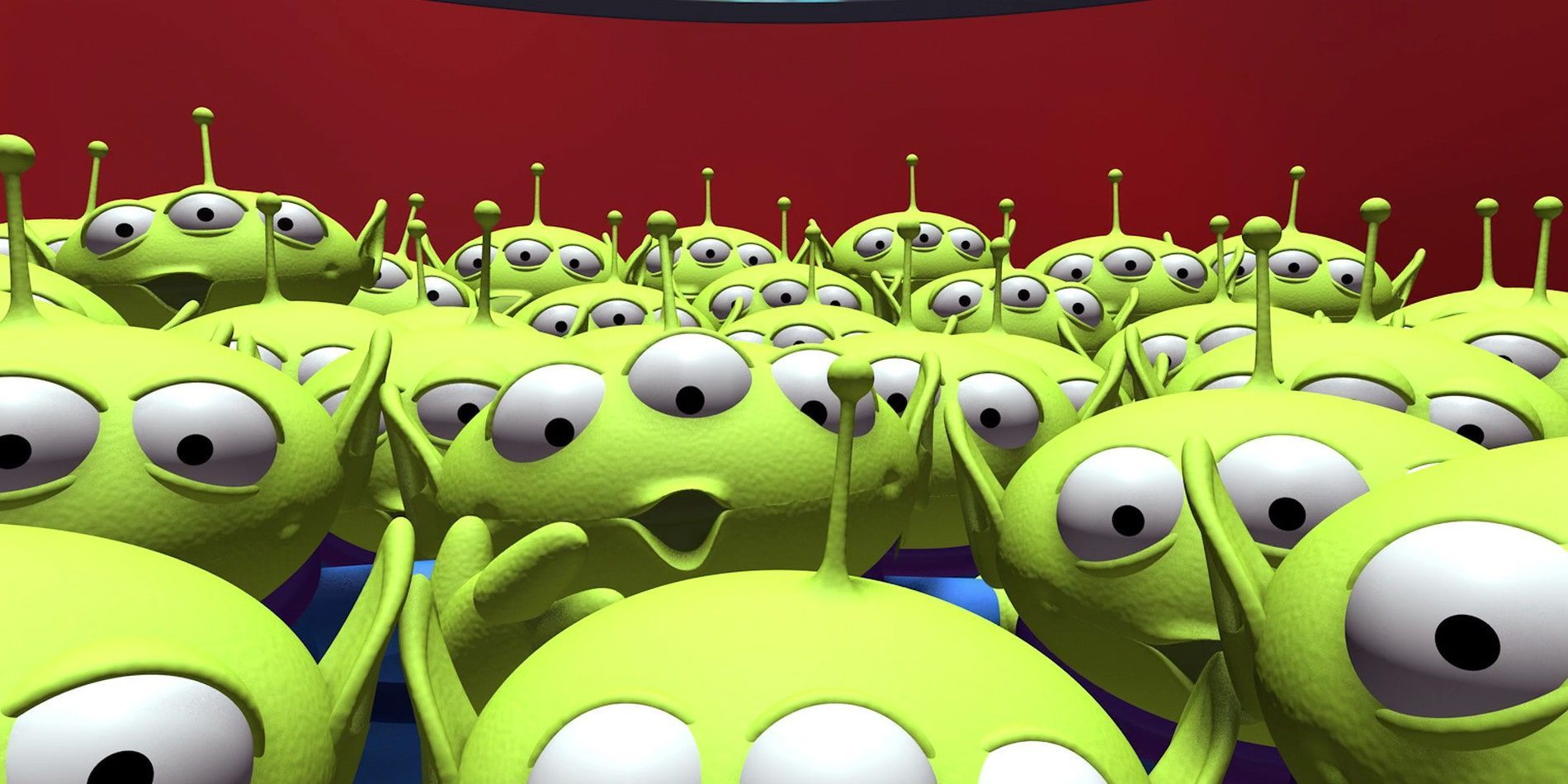
In a few versions of the script for WALL-E, the story involved aliens. In one draft, the Axiom was piloted by a race of aliens led by a royal family that notoriously treated its robots poorly.
In another version of the story, EVE was abducted by aliens, and WALL-E chased down the aliens to save her. However, everyone at Pixar hated this turn in the plot, and Andrew Stanton decided to scrap the alien idea and go back to the drawing board (literally).
Ben Burtt Had Sworn Off Robot Movies Before Pixar Approached Him About Doing WALL-E
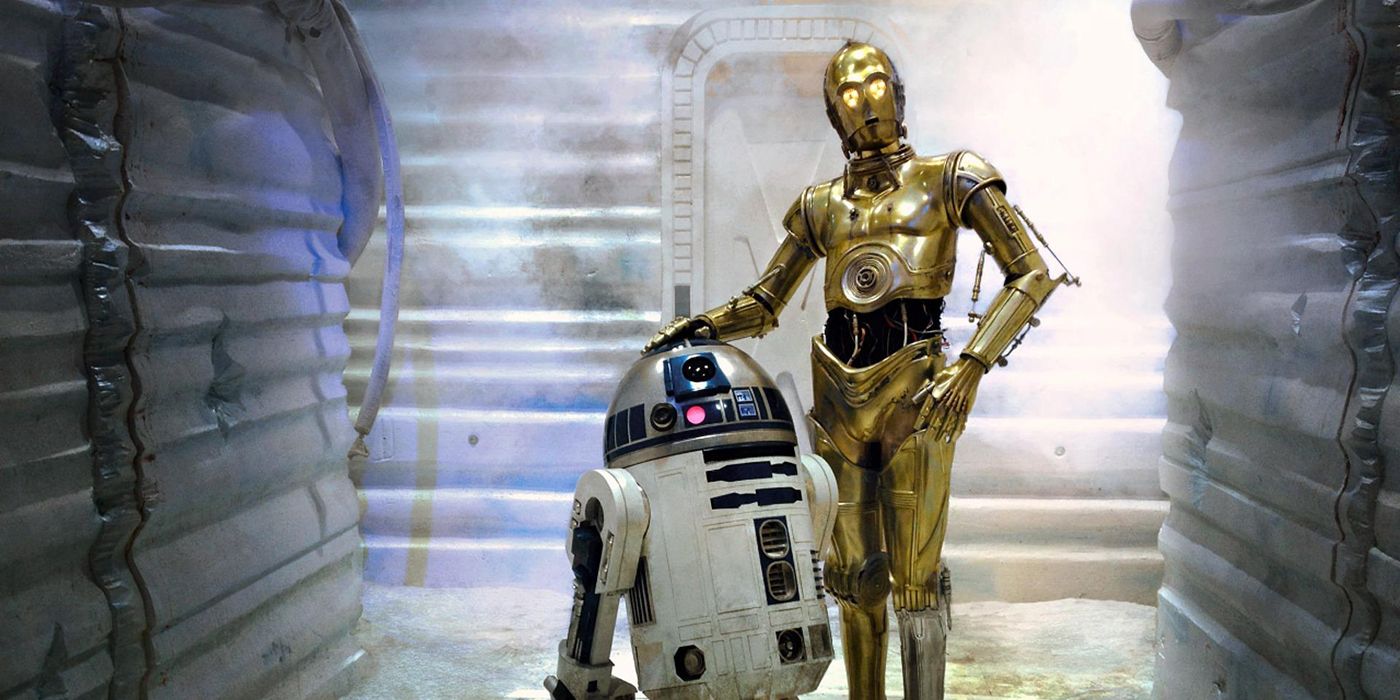
When Pixar started pre-production on WALL-E, sound design genius Ben Burtt had just finished working on the Star Wars prequel trilogy and told his wife that he never wanted to make a movie featuring robots ever again. However, when Pixar approached him with their ideas for WALL-E, he was so intrigued that he took it on.
Burtt recorded around 2,500 sounds for the movie, which is twice as many as he would record for a Star Wars movie, and he recorded a lot of them at a junkyard.
WALL-E Began Development In 1994
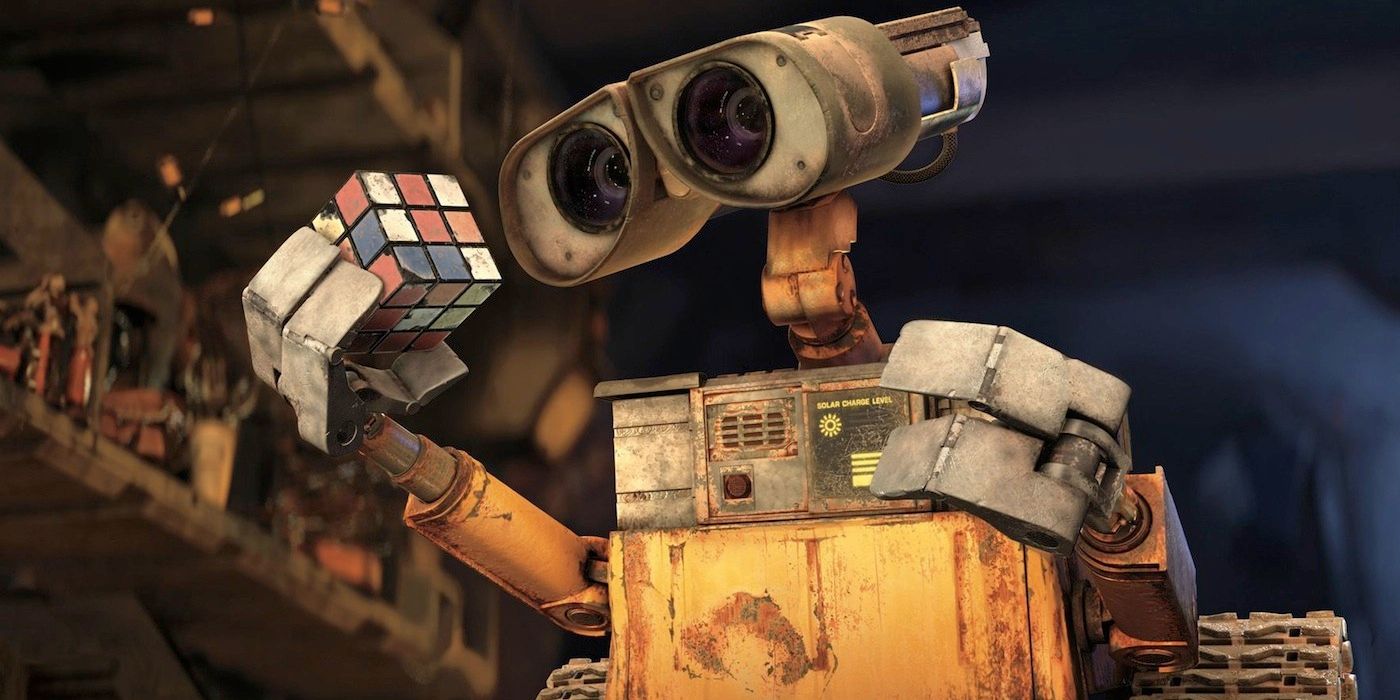
The initial idea for WALL-E first came up in a now-iconic lunch meeting between Pixar’s top brass – John Lasseter, Pete Docter, Joe Ranft, and Andrew Stanton – in 1994, as Toy Story was nearing completion. The quartet brainstormed ideas for the studio’s next project, and Monsters, Inc., Finding Nemo, A Bug’s Life, and WALL-E were all born at this meeting.
Stanton developed his idea for WALL-E into a full story outline with Docter at the time, but development of the film was put on hold until Stanton finished making Finding Nemo.
